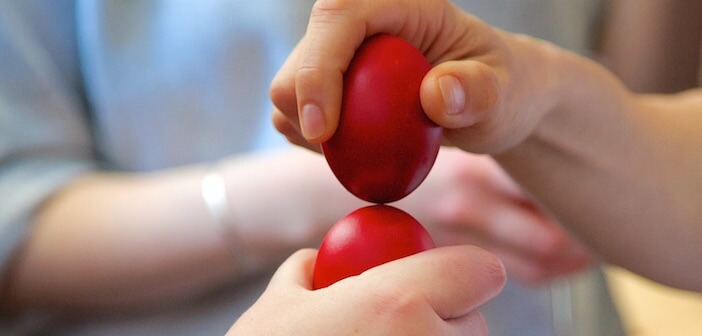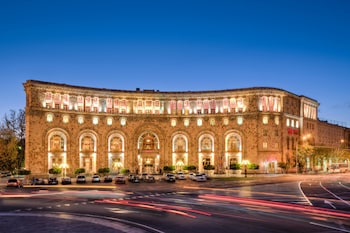Armenia has its own unique Easter celebrations and traditions. Its liturgical history is long, having been the first country to adopt Christianity as its official religion in 301 AD. Easter is one of the brightest and the most solemn holidays of the Armenian Apostolic Church. It is a moveable feast, the day of the celebration is not fixed and each year it is different. The feast of the holiday is always celebrated from 22 March to 26 April (35 days).

Easter or the feast of the Resurrection of Jesus Christ, which is known in Armenia as Surb Zatik, is the celebration of the resurrection of Jesus from the tomb on the third day after his crucifixion. It means getting rid of sins and resumption towards God. Christian churches are celebrating the resurrection of Jesus Christ. Easter is the fulfilled prophecy of the Messiah who would be persecuted, die for our sins, and rise on the third day. Remembering the resurrection of Jesus is a way to renew daily hope that we have victory over sin.

Visiting church, lent prior to Easter, funny games, colorful eggs, bread, greens, and all the goodies make Armenian Easter very enjoyable, even if you’re not interested in the religious part.

All believers before Surb Zatik observe a forty-day fast so that to purify their body and spirit just like Christ. On Saturday evening, with the end of the sacred liturgy all believers greet each other with the resurrection of Christ, and on Sunday night begin the true celebration of Easter with a solemn liturgy. On the day of Easter special liturgy is held in Mother See of Holy Etchmiadzin, as well as in other churches. We can’t say all Armenians necessarily take part in the liturgy, but that doesn’t mean any disrespect to religion.
But there is another part of the church ceremony when the majority of people try to be involved. That is getting the holy lighted candle. On the evening of Saturday, holy light is fired, which people should take home. It is not necessary for everybody to take it from the church, it can be done by one family member. The main aim is to get a candle of a holy light home.
Another interesting tradition is the coloring of eggs with the hull of onions takes place at home. Easter eggs are dyed red using the traditional method of immersing them in an infusion of red onion skins – representing the blood of Christ. A favorite egg-tapping game is played by children and adults alike. You hold a hard-boiled egg upright, the other person holds their egg upright, and you tap their egg. If you crack the other person’s eggshell first without breaking your own, you win and get their egg. You keep doing this until the person with the most eggs wins. All the children play this game.

Armenians start preparing for Surb Zatik long before the celebration day. Special attention should be given to the Easter table where every dish has its own symbol and significance.
We can’t say Armenians eat rice as often and as delicately as people in Asia, but during Easter, it is a must! So, Armenians cook rice with raisins where rice is the symbol of humanity, and raisins represent all Christians.

The easter table also includes Armenian fish Ishkhan and red wine, which symbolize the flesh and blood of Christ.

There are a million types of greens in Armenia and sometimes it seems that all of them are on Easter table. Some greens like coriander, tarragon, green onions are served raw. But there are some greens that should be boiled, or cooked with eggs. All these beauties are accompanied by Armenian lavash.
Except for lavash, there is another type of bread that is the most popular during this special holiday. It’s the Easter bread, which is called Chorek. But it’s a sweet bread, sweet Brioche Bun. It’s especially loved by kids. Chorek is a rather sweet and puff bread, that’s why it’s not an everyday dish, but is made once a year, during Easter.

For a long time ago the celebration of Easter was full of fun, people used to sing, dance and play, but now it’s more of a family event, celebrated at home with close relatives and friends. However, during the Easter holidays, Armenia is wrapped with the light atmosphere of the holiday that will not leave anyone indifferent.
Here's wishing you and your family a very happy Easter. Take time to reflect on its meaning and time to be thankful. Many things we tend to take for granted, can be a serious matter to people somewhere else. I know that I am thankful for so many blessings this Easter, the biggest of those being family and friends.

Published March 29, 2018
Article by Aqsa Khan





